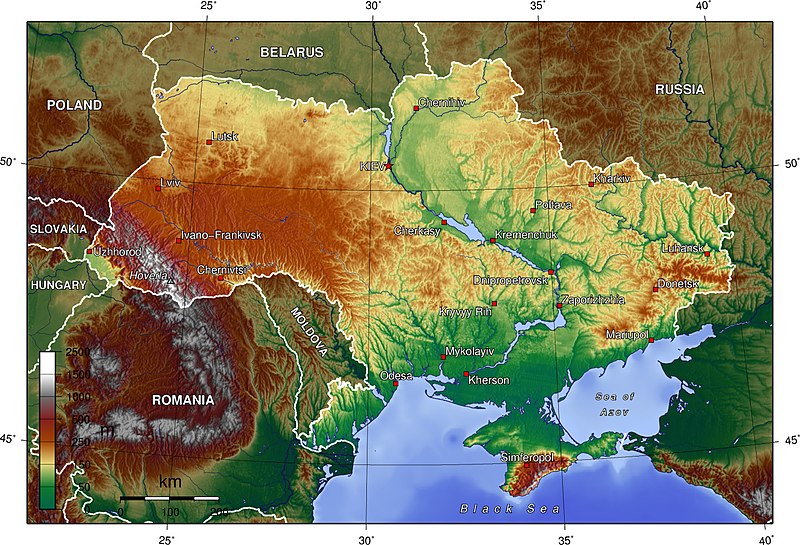Bodin
Regular Member
- Messages
- 503
- Reaction score
- 4
- Points
- 0
- Location
- Praia , Cape Verde
- Ethnic group
- Srbin
- Y-DNA haplogroup
- I2a1b-Din
- mtDNA haplogroup
- X2
I2a in Sardinia is diferent subclade then I2a2-Din , so they do not have to be conected at all . Aldo I believe southern mountains on Sardinia was place were Vandal and Alans from North Africa escaped after Justinian took they kingdom ( Sardinia is also part of Vandalo-Alanic kingdom ( After escape from Spain Vandals and Alans joined under one king and in one nation ) . I2a on Sardinia is same subclade like Basque , Aragon (both 9% ) and Lybian ( 1% ) and that all places were Alano-Vandals use to live.Your Achilles heal is the 37% I2a found on the island of Sardinia. Not to mention that Sarmatia had very high R1a.
Conclusion:
The lack of R1a in Serbs makes the Sarmatian theory unlikely.
The diffusion of I2a was from the Balkans to the Danube and Wallachia-Moldova.
I2a is concentrated along the West coast of the Dinaric Alps and Sardinia. I2a spread out from this region. The 12a in ancient Sarmatia appears to have been insignificant or extremely low! let me explain ...
Early Byzantine-era migration from the Balkans is what formed the unique Wallachia-Moldovan Principality. Wallachia means foreigner and I2a is centered in the previous States of Wallachia where history is clear that Balkanic peoples settled here.
The Bulgarian Kingdom cut the Wallachia-Moldovan Principalities off from the south Balkans from as early as the 10th century. The Bulgarian influence spread Cyrillic but Wallachia-Moldova was predominantly under anti-Bulgarian Orthodox Patriarchate of Constantinople who made continuous efforts to settle Orthodox Greeks & Serbians to strengthen Orthodoxy in the Polish and Hungarian dominated region! The remnants of these Orthodox Balkanic settlers are the Vlachs or 'Foreigners' in Romania.
Today, political sampling and categorization allocates individuals sampled from this region to modern Romania but they were until recently Wallachia-Moldovans, this is why Romania has 26% I2a and the Vlachs have over 20%.

Where did you get informations Sarmatian DNA was R1a ? What land do you call Sarmatia , because Sarmatians are moving westward since V century BC.
I2a2 in Moldavia and Romania was by my oppinion sign of Anti tribes and Iazigi that use to live there .And I2a2 in Vlachs is weaker than in Serbs - it is more possible they taked it from Serbs and Moldavians then other way around .Thanks for answering


